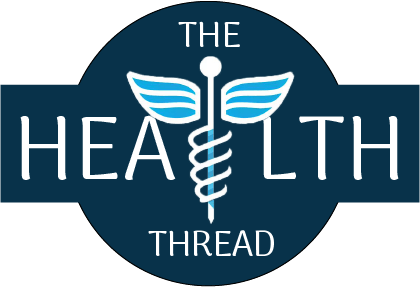Recent Research Techniques in Nutritional Assessment for Children
Accurate assessment of nutritional status in children is essential for monitoring growth and development and identifying nutritional deficiencies or excesses. Recent advancements in research have introduced innovative techniques for nutritional assessment in children, aiming to improve accuracy, efficiency, and practicality. This article explores recent research techniques used in the nutritional assessment of children.
Anthropometric Measurements:
Anthropometric measurements assess physical dimensions and body composition in children. Recent techniques focus on enhancing accuracy and ease of measurement:
Stadiometers with Digital Height Measurement: Digital stadiometers use ultrasonic or infrared sensors to measure standing height accurately. These devices eliminate errors caused by manual measurements and enhance reliability in assessing growth parameters (Chowdhury et al., 2018).
3D Body Scanning: Three-dimensional body scanning technologies provide detailed and precise measurements of body segments, aiding in the assessment of body composition and growth patterns. These techniques reduce subjectivity and improve accuracy compared to traditional anthropometric methods (Kang et al., 2020).
Biomarkers and Biochemical Assessments:
Biomarkers and biochemical assessments provide objective measures of nutritional status and metabolic function in children. Recent techniques include:
Metabolomics: Metabolomics enables the comprehensive profiling and analysis of metabolites in biological samples. It allows for the identification of specific metabolic pathways and biomarkers associated with nutrient intake and nutritional deficiencies in children (Altmaier et al., 2020).
Non-Invasive Devices: Non-invasive devices, such as near-infrared spectroscopy (NIRS) and bioelectrical impedance analysis (BIA), have been applied in children to assess body composition, nutritional status, and hydration levels. These techniques provide quick and non-invasive measurements, making them suitable for pediatric populations (Al-Muzafar et al., 2017; Foschini et al., 2021).
Dietary Assessment:
Accurate assessment of dietary intake in children is crucial for evaluating nutrient adequacy and identifying dietary patterns. Recent techniques include:
Mobile Applications and Digital Food Records: Smartphone apps and digital food records allow caregivers to record children’s dietary intake and provide detailed nutrient analysis. Some apps incorporate image recognition and portion size estimation algorithms, enhancing accuracy and ease of use (de Cock et al., 2019).
Wearable Devices: Wearable devices equipped with sensors, such as accelerometers, can provide objective data on children’s physical activity levels, sedentary behavior, and energy expenditure. These devices help assess energy balance and inform dietary recommendations (Ko et al., 2019).
Recent research has introduced innovative techniques for nutritional assessment in children, aiming to improve accuracy, efficiency, and practicality. Advanced anthropometric measurement tools, non-invasive devices for body composition analysis, metabolomics for biomarker profiling, and mobile applications for dietary assessment have shown promising results. These techniques provide valuable insights into children’s nutritional status, growth patterns, and dietary habits. However, further validation and standardization of these methods are necessary to ensure their widespread application in pediatric nutritional assessment.
REFERENCES
- Al-Muzafar HM, et al. Use of near-infrared spectroscopy for the non-invasive determination of body composition in children: A review of the current literature. Int J Pediatr Endocrinol. 2017;2017(1): 8.
- Altmaier E, et al. Metabolomics in epidemiology: From metabolite measurements to metabolome-wide associations. Int J Epidemiol. 2020;49(3): 1057-1070.
- Chowdhury S, et al. A review on digital height measurement in children. Curr Pediatr Rev. 2018;14(2): 78-84.
- de Cock N, et al. Validity of dietary assessment methods for children: A systematic review. Nutrients. 2019;11(3): 656.
- Foschini D, et al. Non-invasive techniques for body composition analysis in children: From research to practice. Ann Nutr Metab. 2021;77(2): 89-99.
- Kang YS, et al. Evaluation of three-dimensional body scanning for nutritional assessment in children: A systematic review. Nutrients. 2020;12(6): 1683.
- Ko J, et al. Wearable devices for sports: New integrated technologies allow coaches, physicians, and trainers to better understand the physical demands of athletes in real-world competitive environments. IEEE Pulse. 2019;10(6): 20-26.


